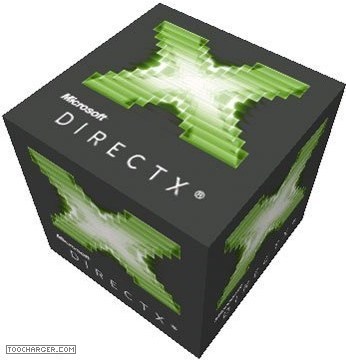- “STOP: 0xC0000221 unknown hard error C:\Winnt\System32\Ntdll.dll”
- “STOP: C0000221 unknown hard error \SystemRoot\System32\ntdll.dll”
- “AppName: [PROGRAM NAME] ModName: ntdll.dll”
- “[PROGRAM NAME] caused a fault in module NTDLL.DLL at [ANY ADDRESS]”
- “Crash caused in ntdll.dll!”
- “NTDLL.DLL Error!”
- “Unhandled exception at [ANY ADDRESS] (NTDLL.DLL)”
Ntdll.dll Errors – How To Fix Ntdll.dll Errors For Good
Ntdll.dll is an API file which allows Windows to communicate with the hardware of your system. This file is officially known as a “native API” file, as its bundled with Windows and is a main component of the system. This file is normally contained in the C:\Windows\System32, C:\Windows\System or C:\i386 folders.
NTDll.dll Errors
The errors that normally show for ntdll.dll include:
Causes Of Ntdll.dll Errors
Ntdll.dll errors are caused by a large number of different problems, but are mainly down to a faulty Windows installation or damaged hardware. This problem can be quite difficult to pin-point and you do need to be vigilant when you try and fix it, because the smallest change could fix the issue for you.
How To Fix Ntdll.dll Errors
Step 1 – Check Your Hardware
Hardware issues are the main cause of ntdll.dll errors on your system, and so it makes sense to start with the hardware of your PC when trying to fix your computer. You should first start by performing the following tasks:
- Power down your PC (IMPORTANT!)
- Check all the cables plugged into your PC are secured properly.
- Open up the case of your computer
- Check that each component is secure
- Check that the cables for each component are secure
- Ensure that your motherboard & fans are secure
- Blow / brush out the dust from inside your system
- Put the case back on and test your PC again
This is only a rudimentary test but should ensure that all the components of your PC are in securely and safely. You should also keep a look out for any strange noises or problems that arise with your system, as the likes of your hard drives can become damaged & problematic over time.
Step 2 – Check The Drivers Of Your System
The drivers are also a very big problem for your system, that often cause the ntdll.dll error. These are the software that allows your computer to interact with the hardware of your system. Sometimes, specific drivers can become damaged and so if you’ve got any specialized hardware installed, you may wish to uninstall it and see if the errors still appear.
You should then click on Start > Control Panel > Device Manager. Inside there, you’ll see the list of hardware on your system and the corresponding drivers that are installed for them. If you see any which have little exclamation marks by them, you should either uninstall that piece of hardware or search for a working driver for it.
Step 3 – Check Your Windows Installation
If you’re getting this error just after installing Windows, or a Windows update, then you may wish to remove the update. You should also look at the installation disc you used for your PC and see if it’s damaged, scratched or corrupted in any way. It’s often the case that many Windows systems will become damaged if the disc is damaged. If you discover your Windows disc is corrupt or damaged, you should talk to Microsoft about getting a new disc and then work to reinstall your system.
Step 4 – Clean Out The Registry
– Download This Registry Cleaner
The registry can also be a big cause of the ntdll.dll error on Windows. This is basically a central storage database for your computer, which keeps everything from your latest emails to your desktop theme stored on your system. The registry is the hidden work-horse of Windows – constantly saving and recalling a huge number of errors to help your computer run as smoothly as possible. Unfortunately, the registry is also the biggest cause of errors on your system, as it’s forever becoming damaged and corrupted. If you’ve tried the above steps and are still having problems, it’s advisable that you fix the registry by using a ‘registry cleaner’. You can download our recommended registry cleaner below:




